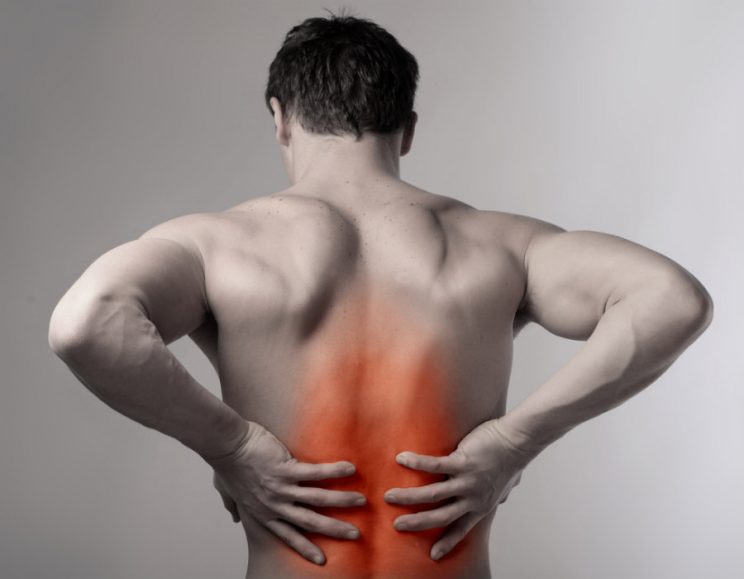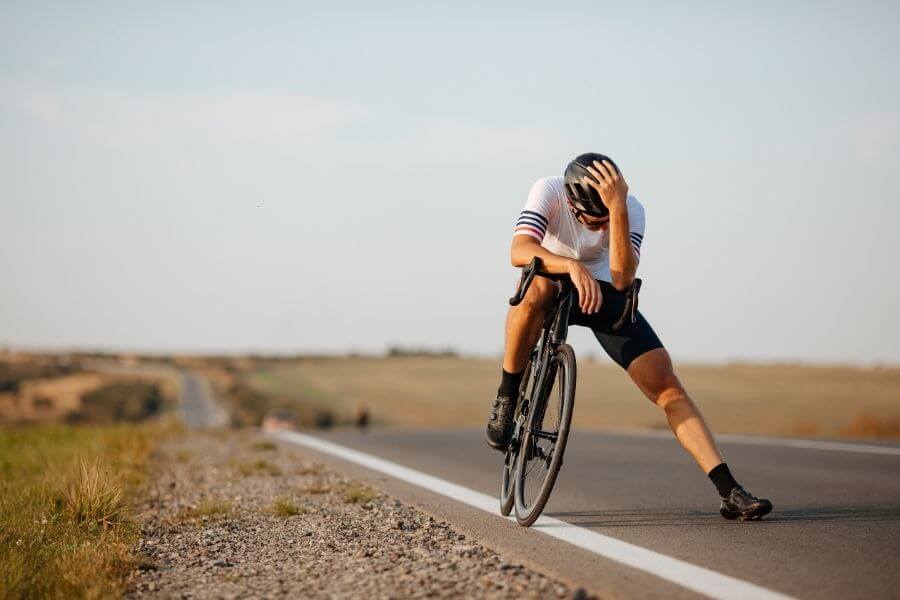Surely you have ever had cervical pains, from the lower back or numbness of feet and hands when you go out by bicycle. These discomforts, which can lead to a muscle or articular injury, are often a consequence of adopting a bad posture on the bicycle.
When we go for pedaling on the road or mountain we spend a long time doing a physical exercise, and that entails stress for our muscles and joints that are aggravated if the bicycle has incorrect adjustments for the measures of our body.
For this reason it is very important
Choose correct bicycle size depending on our height, leg length and other factors. But we should not neglect the adjustment of other elements, such as
The height to be placed, the height of
handlebar or how to know
The length of connecting rods we need. Going out to roll by bicycle with erroneous adjustments is a source of injuries that can be prevented.
We have compiled the most frequent lesions that are produced by carrying a bad posture on the bicycle, its causes and what to do to avoid them.
Hand and feet numbness
It is quite common that after long hours above the bicycle the cyclist begins to notice tingling and weakness in hands or feet, the result of a strong compression with the handlebar or with automatic pedals. This ailment is called paresthesia and is nothing other than the numbness of a part of the body due to the compression of a nerve or a poor blood circulation.
For
Avoid numbness of hands and feet, part of the solution is to make the support surface of hands and feet more comfortable. An effective solution in the case of the hands is to put yourself
cycling gloves with gel inserts or change the handlebar fists for softer and fluffy. To know which one we choose from our
Guide with the types of cuffs for Mountain bike handlebars.
As for the feet, it is possible that the tension of the pedal anchor is very hard and does not allow a certain lateral movement to download muscles and tendons. Or that the shoe is too tight and you have to challenge the cords a little or the adjustment wheel -in the case of wearing cycling shoes with boa closure. Also, try to stretch every 10-15 minutes arms and legs during the march, moving dolls and fingers. Check equally
How to adjust the coves of your shoes not to force the muscles and joints of the foot.
Oversight also involves the risk of contractures or cramps in thighs and twins
Knee pain
The knee is the essential articulation to pedal and the one that is subject to greater wear. That is why it is essential to adopt a good posture on the bicycle that allows a correct flexion of the knee when pedaling. And this happens, fundamentally, for having the armchair at the right and well -level height with respect to the horizontal of the ground.
The most frequent knee lesion due to bad posture is rotroll tendinopathy or knee tendonitis. According to the physiotherapy specialist
Jordi Soriano, the most frequent symptoms that may indicate the appearance of a knee tendonitis is the sharp and located pain in the lower part of the bruis, which can be made more intense at rest.
Girular tendinitis is highly advisable to treat it next to a doctor or physio from its appearance. Since it is an injury that runs a lot of risk of becoming chronic not to stand on time.

Cervical Dolores
Although it is not so involved in the practice of cycling, in the upper body of the body problems also appear, such as cervical discomfort. They are located in the neck or in the trapezoid area. And may be due to a posture too inclined or also too straight when we sit on the bicycle.
A good one
Choice of bicycle size That guarantees a correct distance between armchair and handlebar can avoid this type of injury. Likewise, and in case you have not given the size of adequate bike, you can make adjustments in components such as power (riding a shorter or longer) or delaying and extending the armchair in the horizontal (through the rails).
On the other hand, check that the armchair is level and not inclined forward, since this will make you position too above the handlebars and both neck and shoulders and trapezires are resonated after several hours pedaling. A level armchair at a correct angle helps
Prevent neck pain when we ride a bicycle.
Buttock pain in most cases is caused by not choosing a chair with the right width
Lumbar lesions
The lower back also suffers when riding a bicycle and the appearance of pains in this area is closely related to the adoption of a bad posture. There are several causes of lumbar pain in cyclists, although we highlight these five that the experts of
Cycling and performance:
- Pedalize with the trunk very upright due to a handlebar too high.
- Very widespread arms for having the handlebars far away from the armchair.
- Sillin too delayed.
- Uneven armchair, with the highest tip than the rear.
- Sometry on the armchair.
To prevent pain from the lower back appearing that can derive in chronic lesions it is important to check the adjustments of both the handlebar and the armchair. It is very important that, if you are going to do long training or careers, you lose a few minutes checking the position of the saddle, its setback or overtaking, as well as verifying that the height of the handlebar is correct for your height, type of cycling or posture you want enhance (attack, control, etc.).

Hip injuries
They are not as frequent as the previous ones, but a posture too coupled on the handlebar, where the hip is struck more, can cause important discomforts in the area deriving even in column deformations such as lordosis. The prevention of this lesion goes fundamentally by having placed the armchair at the right height. A simple and usual adjustment that, however, you have to know how to do correctly.
Muscle lesions in thighs and twins
The muscles of the thighs such as the quadriceps, adductors or biceps femoral are the perfect target for all types of discomfort related to the practice of cycling. It is inevitable to go through some of them ever do this sport usually. Normally the cause is in the oversight, which produces discomfort and muscle fatigue that in a few days refers with the appropriate rest.
These types of ailments can be prevented by coming to train progressively and respecting rest periods (one or two days per week), to avoid overloads or cramps.
Likewise, the height of the armchair is again, as in the cases described above, essential to prevent leg injuries. A seat too high will make the back of the thigh (hamstrings), as well as twins and sole, generate contractures, cramps or distensions.
On the other hand, a seat will too low directly affect the front of the thigh (quadriceps) and the knee joint, producing an imbalance in the muscle effort that will result in discomfort and possible injuries.
Buttock pain
Finally, we end up with one of the great enemies of every cyclist, especially beginners: buttock pain. The buttocks have great importance in the pedaling movement (especially when standing) and supports a good part of the pressure when sitting on the saddle and maintaining the posture on the bicycle.
It is common that, if you are not yet very accustomed to riding a bicycle or if you go out sporadically, you begin to hurt your ass with the passage of minutes or hours. It does not have to be synonymous with injury, but of lack of training and weakness of the area, which will end up disappearing as soon as we go out to pedal more frequently.
In addition, if you want to minimize pain or delay your appearance,
Choose a culotte with a good badana that reduce or cushion the pressure on the muscle.
But chronic buttock pain can imply important discomfort and even sciatic appearance. To avoid it, it is necessary to correct the posture adopted on top of the bicycle, adjust the armchair height well and choose an appropriate chair to the hip width (Ischions). It is also advisable to perform progressive training avoiding training.














